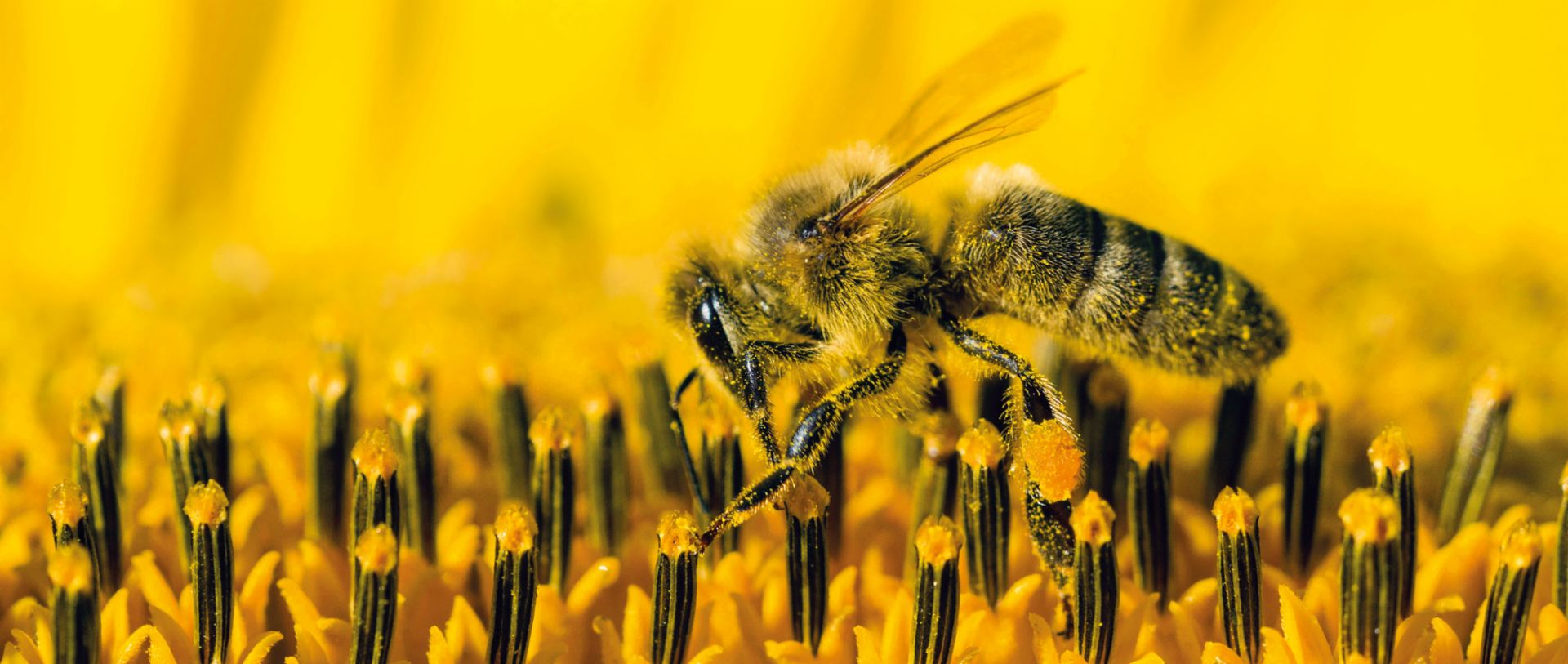ICON: Turbienchen
Something is humming and buzzing returns around the Porsche factory in Leipzig—more than three million honey bees live in a natural alluvial forest.
That’s the sound of more than three million representatives of Apis mellifera carnica, the Carniolan honey bee. On 132 hectares of natural alluvial forest, an off-road area for private vehicles, the honey bees pollinate more than five hundred different plant species, thus contributing to the flourishing of the unique flora. Eight out of ten plant species worldwide depend on insects for propagation. In addition to the honey bees cultivated by beekeepers, wild bees threatened by extinction benefit from this plant diversity as well.
As a delectable side effect of the honey bees’ environmental activities, two tons of tasty honey are produced in Leipzig every year. And the name for Porsche’s divine nectar couldn’t be more fitting: Turbienchen—or “tiny turbo bee.”
Proverbially known for its industriousness, the widespread honey bee is considered to be particularly gentle. Over time, its gray to light-brown coat wears away, giving older bees a darker coloration.
The fifty colonies of bees living in the nature reserve within sight of the Panamera and Macan Porsche production facilities are part of a sustainable pasturing concept, along with rare species of cattle and horse breeds. Experienced beekeepers not only nurture and care for their charges; they also share their knowledge as part of the Porsche Safari environmental education program. School classes and families study the colonies—right down to the honeycomb—and learn that a worker bee calls on around two hundred flowers a day, and that it takes at least one million visits to produce more than one kilo of honey. To do so, a colony of bees travels distances far enough to circumnavigate the Earth three times. How bees actually fly was long a mystery to scientists. In an experiment performed in a wind tunnel, the driving forces of the wings were not sufficient to keep the bees aloft—they were only around one-tenth of what was required. We now know that an Apis mellifera carnica uses a special technique to move its wings at turbo speed, so that it doesn’t really fly through the air: it “swims.”
Moreover, the typical buzzing sound we hear is also produced by the wings; the bee is not singing. When bees fly calmly, the sound is lower; when they beat their wings excitedly and more rapidly, it’s higher. Plants can also sense a buzzing bee. Some species respond within minutes by raising the sugar concentration in their nectar by up to 20 percent, thus creating an irresistible temptation for any busy bee.

